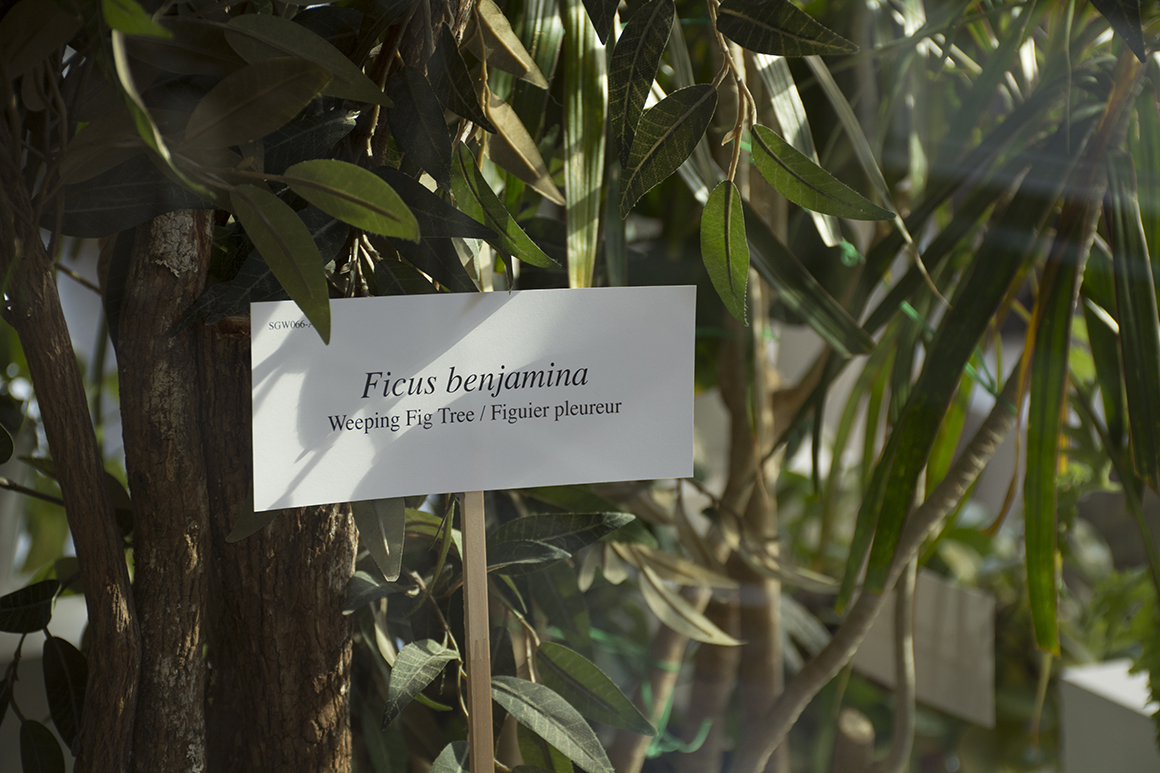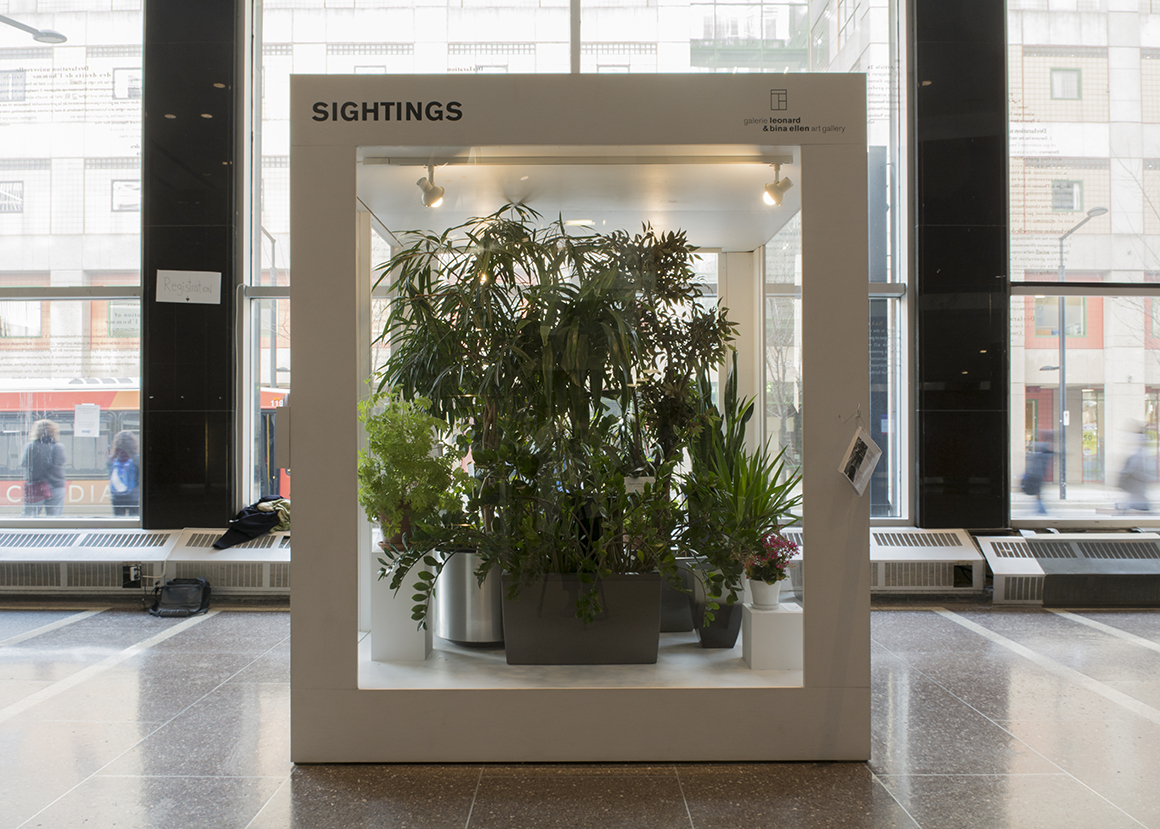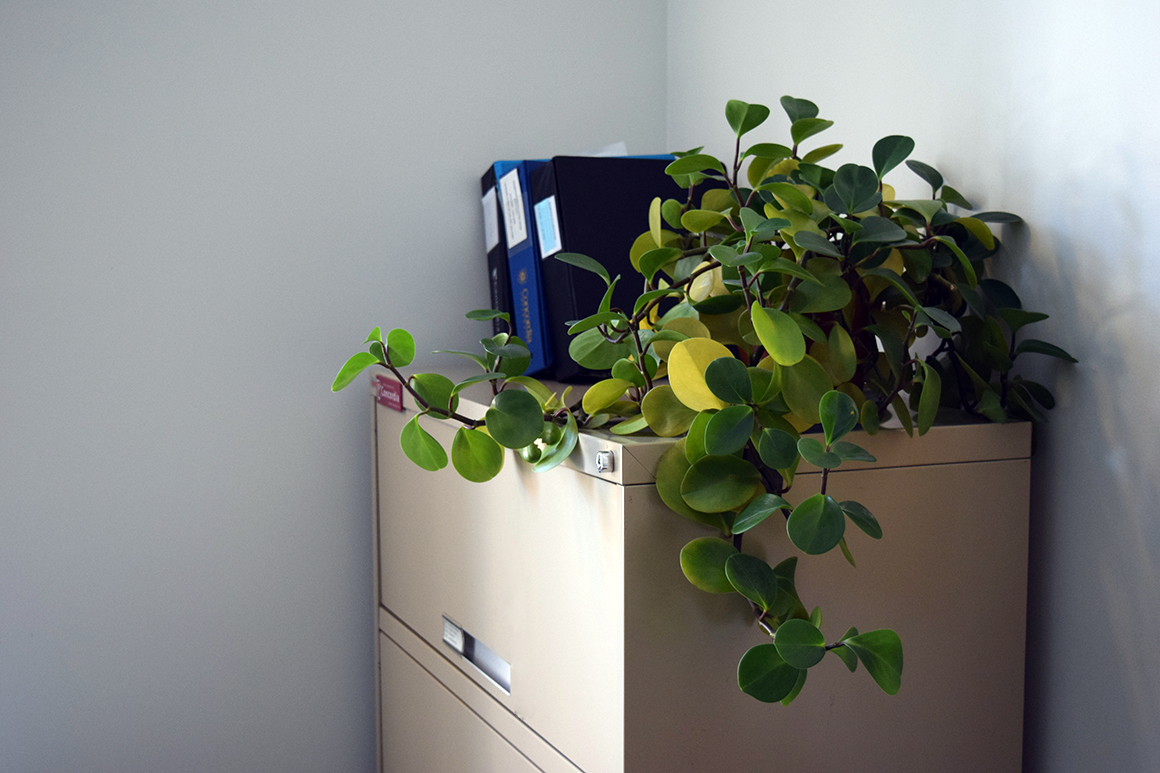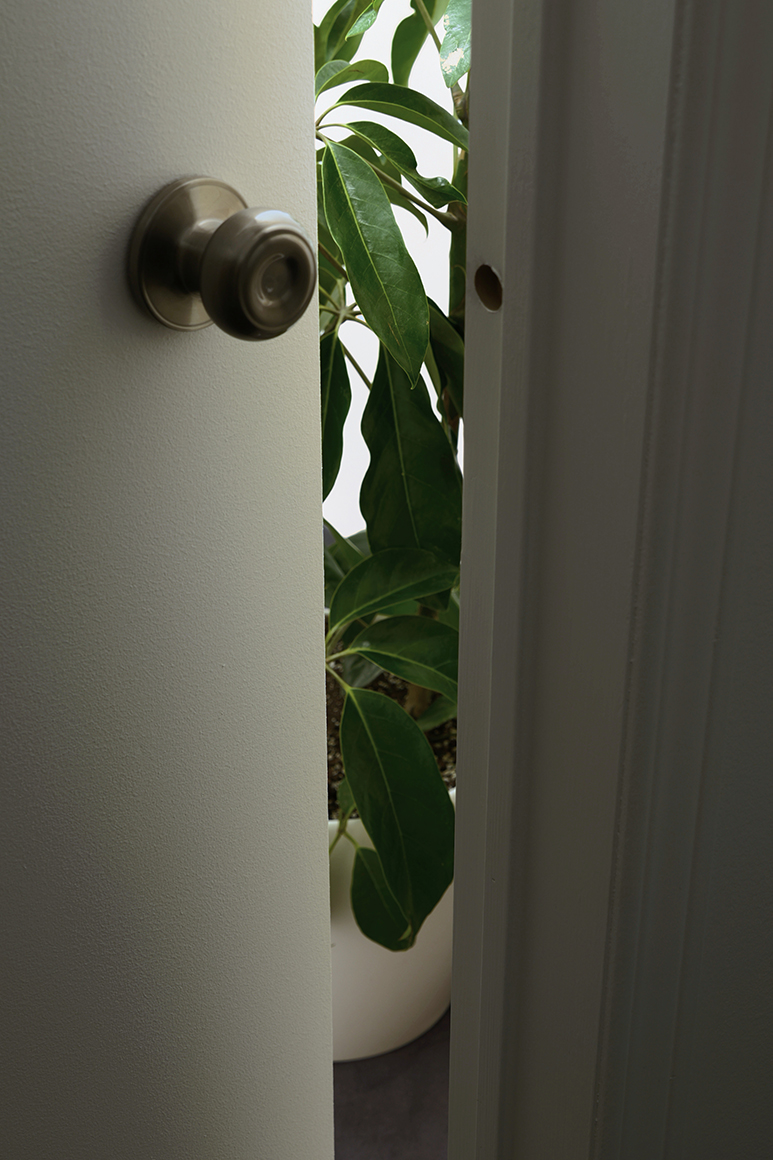Launched in 2012 in celebration of the 50th anniversary of the Leonard & Bina Ellen Art Gallery’s Permanent Collection, the SIGHTINGS satellite exhibition program was conceived as an experimental platform to critically reflect upon the possibilities and limitations of the modernist “white cube”. For the 2015-16 programming year, artists and curators are invited to examine more closely the invisible mechanisms that condition the production and circulation of art, and to propose new strategies to present them to the public. Focused on the notion of labour and the issues raised by an “immaterial” cultural economy, the projects developed over the next few months will investigate aspects of the art system that are usually overlooked by viewers. Among these are the distribution of roles among art world protagonists (curators, artists, technicians, assistants, programmers etc.); the tensions that govern their respective activities; and the division of labour (between manual and intellectual work, between conception and making, and between creative and discursive production).
SIGHTINGS is located on the ground floor of the Hall Building at 1455 de Maisonneuve Blvd. West
March 17 – June 20, 2016
A project by Catherine Lescarbeau
Additional Documents
Promenades
Promenades is the link between the Ellen Gallery in the McConnell Library Building and the SIGHTINGS exhibition cube in the Hall Building of Concordia’s downtown university campus.
Robert Walser’s famous essay The Walk unfolds as an iridescent prism of observations and connective thoughts on the occasion of a short walk through a city. We are asking artists, writers, and other contributors involved in SIGHTINGS, to develop for Promenades a seemingly ephemeral thought as it occurred to them during the making of the work on display.
These thoughts may be expressed in the form of a narrative tour, a performance, a short lecture, a reading. The only formal constraints are that the gathering begins at one of the two sites, and ends at the other, and that the Promenade last no longer than thirty minutes.
Promenades is a reoccurring format.
Third Promenade
Walk with Catherine Lescarbeau and François Lambert
Thursday, April 7, 12 pm
More information on the Promenade here.
Through a provisional analysis of the plants placed in the exhibition space during the installation of the N.E. Thing Co. Environment exhibition at the National Gallery of Canada in 1969,1 I developed a post-conceptual artistic practice that questions the role of plants in institutions and, more specifically, their possible use as a means to explore art’s institutional boundaries. In carrying out my research, I observed that these plants added a strange organic element to the rigid structure that the museum institution embodies. Though we take indoor plants for granted, once we begin to observe them more closely, they become anomalies, paradoxes and indicators of another, often exotic, silent and invisible world (many indoor plants come from tropical forests). This exotic presence led me to raise questions rooted in institutional critique: for example, what is an exhibition?; what are the aesthetic limits of institutions?; what role does the invisible presence of exotic plants play in the creation of comfortable work environments, either in the exhibition spaces (for until very recently, plants were also placed in exhibition spaces) or non-exhibition spaces (office, reception) of museums and galleries?
The presence of indoor plants also allows me to address these questions from a novel perspective: they suggest a residue of the natural world in a workplace and are often used to make stark institutional and corporate spaces more welcoming. In focusing my research on the plant as a cultural object, I explore a strange form of utopia that exists inside this kind of space. In the process, I hope to integrate a naturalist dimension that is an alternative to contemporary forms in the field of institutional critique, envisioned by someone of my generation. The plant enables me to create a sort of thinking interface to innovatively explore the relationship between culture and nature that arises in corporate, institutional and art workspaces. The Département des plantes de bureau (Department of Office Plants) that I have created in response to the N.E. Thing Co. project, in a sense provided a framework for the kind of investigation I seek to undertake concerning the indoor plant.2
Read moreSince beginning this research in 2013, I have drawn up a substantial inventory of indoor plants found in various institutions.3 For this SIGHTINGS project, I explored the public spaces and offices of Concordia University in search of indoor plants. As a result of this on-site fieldwork in the institution I proposed to create a terrarium.4 The exhibition’s cube-shaped display module does indeed make such a semantic transposition possible. It is during a visit to the New York Botanical Garden’s (NYBG) exhibition spaces that I became aware of this type of presentation structure and noticed the formal resemblance with the SIGHTINGS exhibition cube.
The goal of a terrarium is to present the biotope of a living space, of a circumscribed ecosystem.5 It makes it possible to observe plants in a built environment that imitates the climatic and living characteristics of the exhibited species’ natural environment. Transformed into a terrarium, the SIGHTINGS cube provides viewers with the opportunity to examine indoor (natural and synthetic) plants in their artificial living space, conceived on the basis of botanical identifications made on various sites throughout the university campus. In the manner of an exhibition space, the terrarium’s function is also to display different plant species that can survive in artificial and harsh environments. Finally, this project will allow the wider public and university staff to learn more about such plants, since they will be accompanied by a fact sheet indicating the care they require.
- The intervention by N.E. Thing Co. blurs the boundaries between the fields of art and local economy through a performative and overdetermined occupation of the museum’s ground floor. See: David Tomas, “The Dilemma of Categories and the Over Determination of a Business Practice. N.E. Thing Co. at the National Gallery of Canada, Ottawa, June 4-July 6 1969”, in Protocoles documentaires / Documentary Protocols (1967-1975), edited by Vincent Bonin in collaboration with Michèle Thériault, Montréal: Leonard & Bina Ellen Art Gallery, 199-234.
- Three parts of the project were presented up until now and included a series of photographs, an installation and herbarium specimens. The first part was presented from September 18 to December 21, 2014 at Café Bloom, 1940 rue du Centre in Montréal. During the opening of this exhibition a plant lot, acquired during an auction held by Revenue Canada as part of budget cuts, was put on sale. An installation presented from November 29 to December 21, 2015 at 5445 Avenue de Gaspé, 6th floor, E6-03 in Montréal, made up the second part. The third consisted of a permanent exhibition of five herbarium specimens integrated into the Herbier Marie-Victorin collection of the Centre sur la biodiversité at Université de Montréal. The three parts of this project constitute a series of contextual rereadings of the plants displayed in the Environment N.E. Thing Co. project, the forms of which were developed in close connection to each of the various display structures.
- At the invitation of the curator and director of the Galerie UQO, Marie-Hélène Leblanc, throughout October, 2015, I undertook a research residency at Université du Québec en Outaouais (UQO) that sought to identify and inventory all the indoor plants present on the two campuses of this educational institution. For one week, I explored all of the university’s premises in search for plants. An exhibition relating the results of this research will be presented at the Galerie UQO in May, 2016, and, at the invitation of Caroline Andrieux, at the Darling Foundry in June, 2016,
- Terrarium: noun. 1. A vivarium for smaller land animals, especially reptiles, amphibians, or terrestrial invertebrates, typically in the form of a glass-fronted case. 1.1 A sealed transparent globe or similar container in which plants are grown (source, Oxford English Dictionary).
- Biotope: noun. The region of a habitat associated with a particular ecological community (source, Oxford English Dictionary).
The artist wishes to thank the Leonard & Bina Ellen Art Gallery, Concordia University Facilities Management and Distribution Services, the Webster Library, Human Ressources, and the Office of the Dean of Fine Arts for the loan and the relocalization of their plants. Special thanks to François Lambert, botanist, Alexe Houtart, graphic designer, and David Tomas, artist, for their contribution to the project.
The plants loaned by the Webster Library were acquired with the support of the Library Services Fund Committee.
Catherine Lescarbeau is currently pursuing doctoral studies in Études et pratiques des arts at Université du Québec à Montréal (UQAM). She has participated in several solo and group shows and presented various performances in alternative exhibition venues (La Mirage, Le Café Bloom). She teaches visual arts at the college level and she sits on the board of AXENÉO7 in Gatineau. She is a multidisciplinary artist who is interested in conceptual art and institutional critique as well as in their relevance today. Her current research is focused on the indoor plant. In pursuing her explorations on this object, the artist seeks to develop an interface whereby she can examine the relationship between culture and nature inside corporate and institutional spaces.














